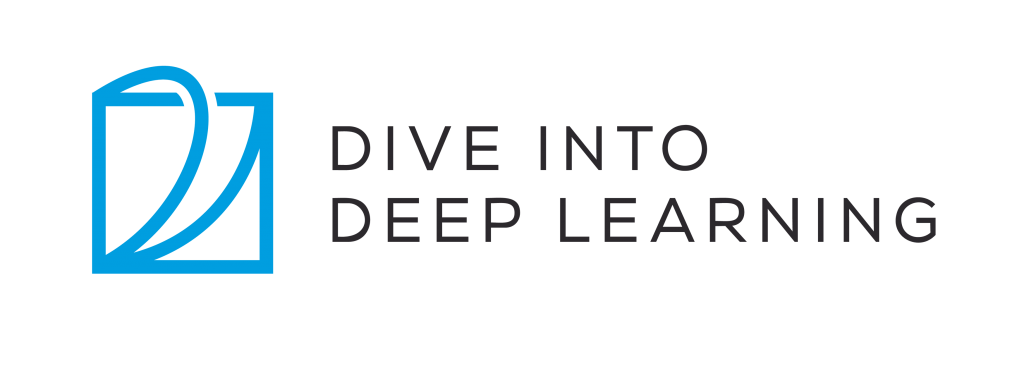How to Dive into Deep Learning

Have you ever been curious about how to make a computer learn and improve its performance over time? If so, then deep learning might be the answer you’re looking for. Deep learning is a subfield of machine learning that uses neural networks to analyze and learn from data. In this article, we’ll explore some of the basic concepts and tools you need to get started with deep learning.
What is Deep Learning?
Deep learning is a type of artificial intelligence that involves training neural networks to recognize patterns in data. Neural networks are made up of layers of interconnected nodes that are designed to mimic the structure of the human brain. Each node in a neural network is responsible for processing information and making decisions based on that information.
The term “deep” in deep learning refers to the fact that neural networks can have many layers, each of which can learn different features of the data. This allows them to model complex relationships between inputs and outputs, making them suitable for a wide range of applications, from image and speech recognition to natural language processing and even drug discovery.
Getting Started with Deep Learning
If you’re new to deep learning, the first thing you need to do is familiarize yourself with the basic concepts and tools involved. Here are some steps to get you started:
Step 1: Learn the Fundamentals of Machine Learning
Before diving into deep learning, it’s important to have a solid understanding of the fundamentals of machine learning. This includes topics such as supervised and unsupervised learning, data preprocessing, feature engineering, model selection, and evaluation. There are many resources available online to help you learn these concepts, including free courses, tutorials, and books.
Step 2: Choose a Deep Learning Framework
Once you have a basic understanding of machine learning, the next step is to choose a deep learning framework to work with. There are many frameworks available, including TensorFlow, PyTorch, Keras, and Caffe. Each has its own strengths and weaknesses, so it’s important to choose one that suits your needs and preferences.
Step 3: Set up Your Environment
Before you can start training neural networks, you need to set up your environment. This includes installing the deep learning framework of your choice, as well as any necessary libraries and dependencies. You may also want to consider using a cloud-based platform such as Google Colab or Amazon Web Services to save time and resources.
Step 4: Learn the Basics of Neural Networks
Neural networks are the backbone of deep learning, so it’s essential to understand how they work. This includes topics such as activation functions, loss functions, gradient descent, backpropagation, and regularization. Once you have a solid understanding of these concepts, you can start building your own neural networks from scratch.
Step 5: Start Building Models
With your environment set up and your knowledge of neural networks in place, it’s time to start building models. This involves designing the architecture of your neural network, choosing the appropriate hyperparameters, and training the model on your data. As you gain more experience, you can experiment with different architectures and techniques to improve your model’s performance.
Tips for Success
Here are some tips to keep in mind as you start your deep learning journey:
- Start small: Don’t try to tackle complex problems right away. Start with simple datasets and models, and gradually work your way up.
- Be patient: Deep learning can be a time-consuming process, especially when working with large datasets. Don’t get discouraged if things don’t work out right away.
- Stay up-to-date: Deep learning is a rapidly evolving field, so it’s important to stay up-to-date with the latest research and techniques. Follow blogs, attend conferences, and join online communities to stay informed.
- Collaborate: Don’t be afraid to collaborate with others. Joining a deep learning group or finding a mentor can help you learn faster and avoid common pitfalls.
Conclusion
Deep learning is an exciting field with endless possibilities. By following the steps outlined in this article and staying committed to your learning journey, you can become a proficient deep learning practitioner in no time. Remember to keep things simple, stay curious, and have fun!
- Degree Pursuit: Navigating the Path to Educational Excellence - July 4, 2024
- Why Is Studying English Important in a Business Environment? - July 4, 2024
- Top 10 Data Science Skills You Need in 2024 - July 3, 2024

